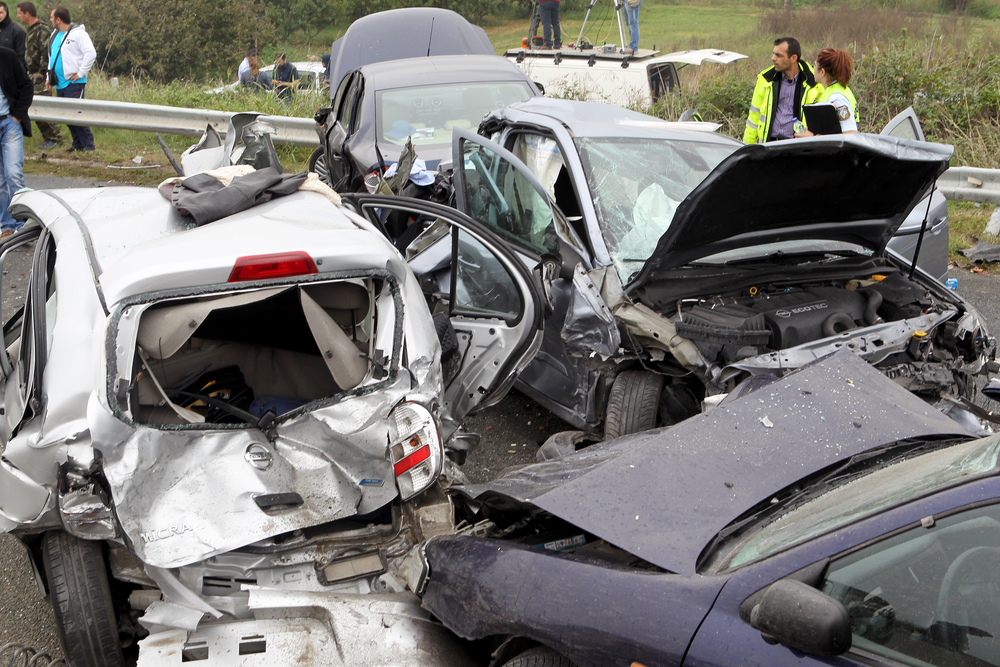What's Your Case Worth?404-920-4736

Multi-vehicle accidents in Atlanta often create complex situations where determining fault can be challenging. These accidents, often referred to as chain-reaction collisions, involve multiple drivers, each with their own version of events. Determining who is responsible requires careful examination of the evidence to establish liability under Georgia law. For those involved in these accidents, understanding how evidence is used to determine fault is critical to pursuing a personal injury claim or defending against one.
In Georgia, personal injury cases, including those involving multi-vehicle accidents, are governed by O.C.G.A. § 51-1-6, which outlines the principles of negligence. To recover financial compensation for your losses, the injured party must prove that another driver’s negligence caused the crash. In multi-vehicle collisions, this process can become complicated as multiple parties may share responsibility. Evidence plays a vital role in piecing together what happened and ensuring that the appropriate parties are held accountable.
Georgia follows a modified comparative negligence rule, outlined in O.C.G.A. § 51-12-33, which means that a party can recover damages only if they are less than 50% at fault for the accident. This rule makes determining fault critical, as even a small percentage of fault assigned to a plaintiff can reduce the damages they can recover.
For example, if a driver is found to be 30% at fault for a multi-vehicle accident, their compensation will be reduced by that percentage. If their fault exceeds 50%, they are barred from recovering damages altogether. Understanding and proving fault is, therefore, essential to achieving a favorable outcome in these cases.
Fault in multi-vehicle accidents is determined by examining evidence such as police reports, eyewitness statements, video footage, and physical evidence from the scene. Accident reconstruction experts may also be used to analyze the sequence of events and assign liability to the responsible parties.
Yes, in many multi-vehicle accidents, more than one driver shares responsibility. Georgia’s comparative negligence laws allow for liability to be divided among multiple parties. Each driver’s percentage of fault is determined based on their actions leading up to the accident.
After a multi-vehicle accident:
Contact an attorney to help protect your rights and handle communication with insurance companies.
Under Georgia’s modified comparative negligence rule, you can recover damages only if you are less than 50% at fault for the accident. If you are partially responsible, your compensation will be reduced by your percentage of fault. For example, if you are awarded $100,000 but are 20% at fault, your recovery will be reduced to $80,000.
If the at-fault driver is uninsured, you may still be able to recover compensation through your own uninsured motorist coverage if you have it. An attorney can help you navigate this process and explore all available options for recovering damages.
If you’ve been involved in a multi-vehicle accident in Atlanta, it’s crucial to protect your rights and ensure that the evidence is properly preserved to determine fault. At Shani O. Brooks P.C., we are committed to helping you build a strong case and securing the compensation you deserve. Multi-vehicle accidents are complex, and having experienced legal guidance is very important.
Contact our Atlanta car accident attorney at Shani O. Brooks P.C. Attorneys at Law by calling 404-920-4736 to receive your free consultation. From our office in Atlanta, we represent accident victims in Atlanta, and throughout Georgia. Let us help you take the next steps toward resolving your case.